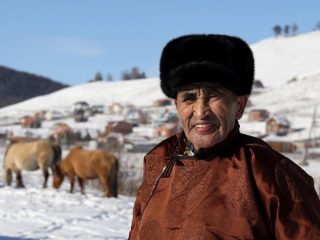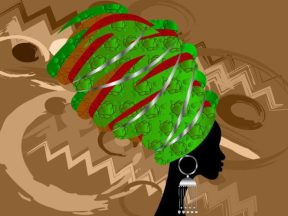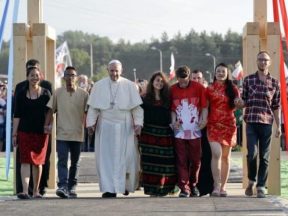Singapore, ever higher.
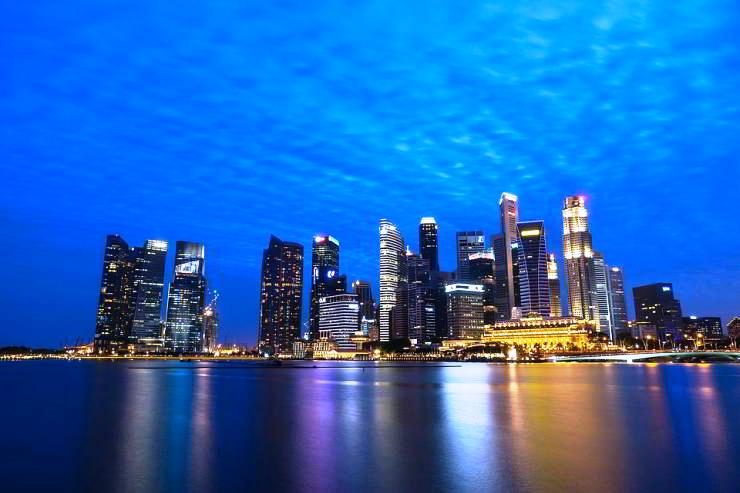
A fashionable destination and an object of fantasy, Singapore fascinates and intrigues. Idyllic and sheltered from typhoons, it continues to grow and this year celebrates sixty years
of independence.
How did a small piece of island, just 45 km by 20 km, nestled between southern Malaysia and the northern Indonesian archipelago, with no local economic resources, come to concentrate a part of the world’s wealth? Human capital, collective intelligence, an economy strongly oriented towards foreign investment, the development of a commercial and financial hub for Asia and wise diplomatic management with China – its main investor and its largest commercial partner – and with the United States, – its main defence ally -, contribute to the success and prosperity of this city-state of almost six million inhabitants.
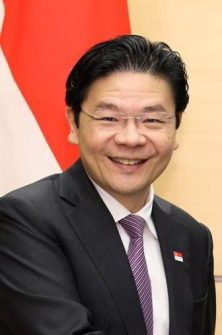
The prime minister of Singapore, Lawrence Wong. (CC BY 4.0/PM Office)
Political stability, sometimes criticized, is another element that characterizes this nation. In 2024, a new prime minister, Lawrence Wong (People’s Action Party – PAP), came on the scene after the handover from Lee Hsien Loong, awaiting the next elections in November this year.There is no political alternation: the PAP has dominated Singapore’s political scene since 1959, maintaining a comfortable majority against the only real opposition party, the Workers’ Party, which is poorly represented in parliament. The Progress Singapore Party (PSP), the newcomer to politics, struggles to make headway.
The fact remains that the “Singapore model” is stimulating thanks to its good economic and social indicators: the third highest GDP per capita in the world (65,422.46 dollars), the second commercial port in the world, the first financial centre in Asia and the fifth on the international scene, a literacy rate of 97% and a life expectancy of 83 years.
A successful model is based on integrating Malay, Chinese, Indian and Oceanic influences. This mix is reflected in the architecture of Little India, Chinatown, Kampong Glam, etc.
Is Singapore a model?
Its public services are efficient, its healthcare system is unrivalled and its educational model, such as the “Singapore Method for Math”, is acclaimed throughout Europe. The launch of major ecological and sustainable development projects for the city, which prides itself on being the first “green nation” in the world. You only need to visit Marina Barrage and CapitaSpring to realise the positive impact of these projects on the environment and the quality of life of residents. And you also understand why these works were carried out. CapitaSpring, a building that combines the most advanced technology with elements of greenery, rises 280 metres in the heart of the business district.
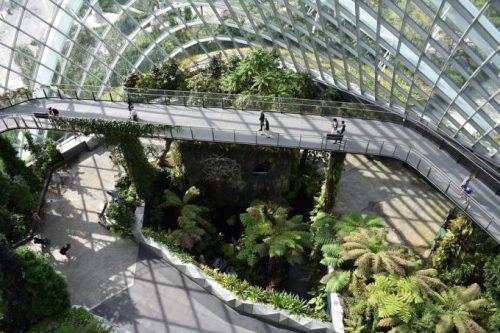
The Green Oasis garden. City and country, culture and nature merge and coexist. Pixabay
Inaugurated in 2022, it is the very model of sustainable development in Singapore. At 180 metres, it is the second tallest skyscraper in the city and offers ideal spaces for working, living and relaxing in a spectacular architectural context. The façade is adorned with lush gardens, while inside, at the heart of the building, is the Green Oasis garden, which offers an open-air promenade on four floors.
Its rooftop is home to an elegant restaurant and the largest urban farm in the city, with one hundred and fifty species of fruit, vegetables, herbs and flowers. “CapitaSpring embodies a future where city and country, culture and nature merge and coexist, a future where urban nature can develop vertically,” its architects explain.
Another monumental project launched in 2009 is the transformation of Marina Bay and Kallang Basin into a huge freshwater basin in the centre of the city. Marina Barrage provides the country’s water supply and protects against floods. Today, it has become a gathering place for Singaporeans, who come here to practice water sports and picnic on the immense lawn that offers incomparable views of the city.
Not all is idyllic
But not everything is so idyllic in the former city of Sir Raffles, which is still a symbol of British colonialism and bears its traces even today, as can be seen by crossing some areas of the city centre. Raffles is still very present in the minds of the people and his name is present on many buildings around the legendary hotel of the same name. The city that calls itself the “Green Nation” is also a very safe nation, with strict laws and a system of fines to discourage bad behaviour and incivility.
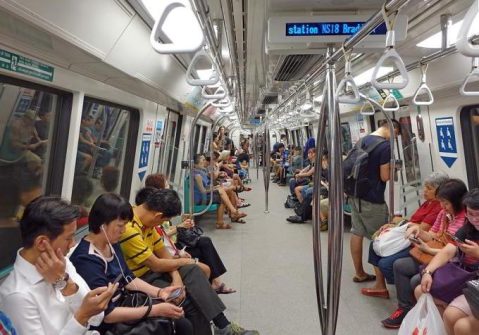
Metro in Singapore. Its public services are efficient. Pixabay
Here everything seems to be controlled by the foreign visitors who, once they arrive, will be surprised to see that no one crosses on red lights when the road is clear, that people do not smoke in the streets, that they do not chew gum and that they do not improvise street demonstrations for any purpose, even artistic or cultural.
Despite this, residents say they have no complaints about the omnipresent surveillance cameras. And few are concerned when the case of a woman sentenced to death for possession of cannabis is mentioned. Those who criticized this issue and tried to organize a protest were quickly dismissed last October.
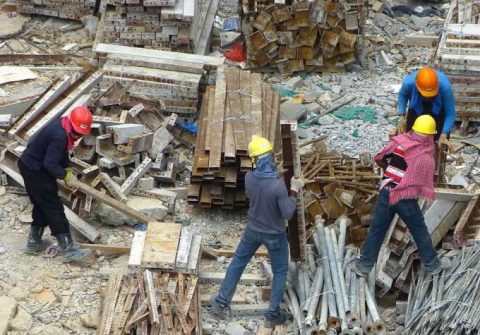
Workers on the construction site. Last September, Pope Francis addressed the situation of migrants in Singapore during his visit to the country. Pixabay
Some are pleased with the government’s recent firmness in convicting a minister for embezzlement, which shows its commitment to a policy of transparency and the fight against corruption. Then there is the situation of migrants in Singapore, which the Pope, during his trip last September, addressed at length in his homily and which, surprisingly, was widely reported and applauded by local and international media. (Photo: Pixabay)
Anne-Marie de Rubiana
Revue MEP

